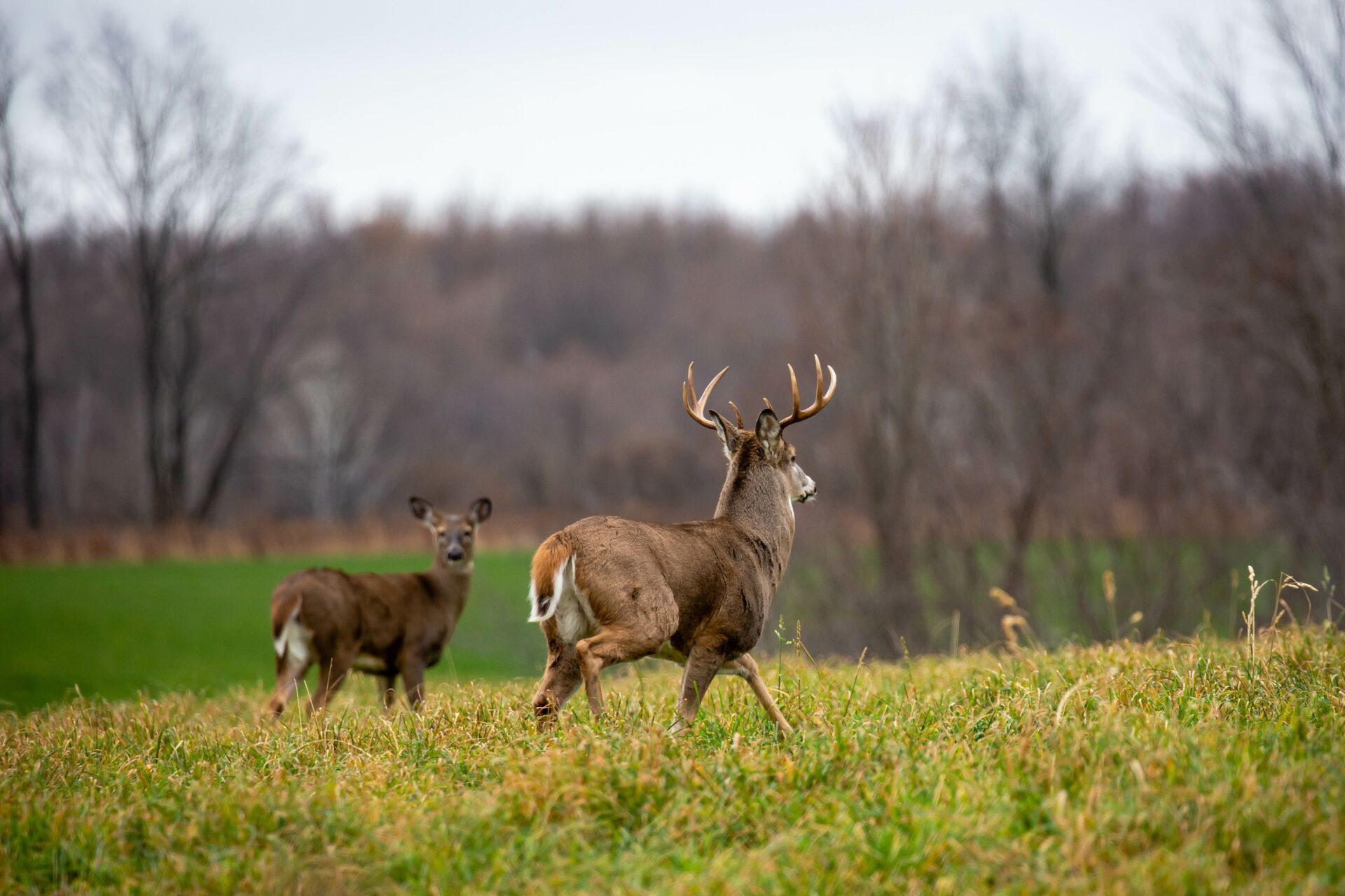Field Guide / Deer
When is Alabama Deer Season?
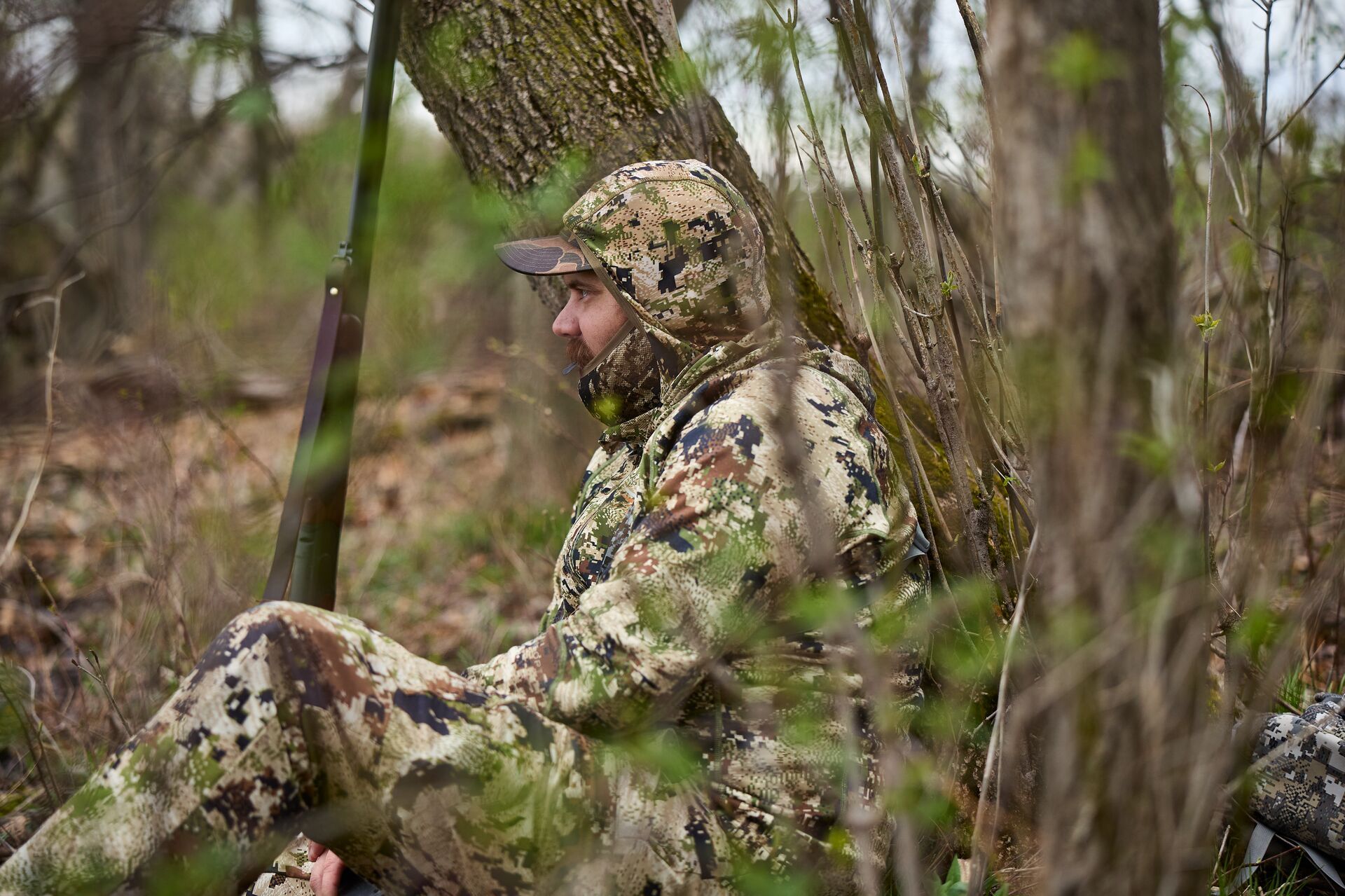
9 Minute Read
It's no surprise that Alabama is a premium hunting destination. Rich in biodiversity, from the deep blue rivers to the white sands of the Gulf shores, there's something for every type of hunter.
Alabama, a renowned whitetail destination, lures in a staggering 180,000 or more deer hunters during the season. This popularity is a testament to the rich and diverse habitats that hunters, both local and interstate, flock to in the hopes of bagging a trophy whitetail buck.
This resource explores the Alabama deer season for 2025, including limitations, opportunities, and key strategies for boosting your chances in the Yellowhammer state.
Updated July 2, 2025
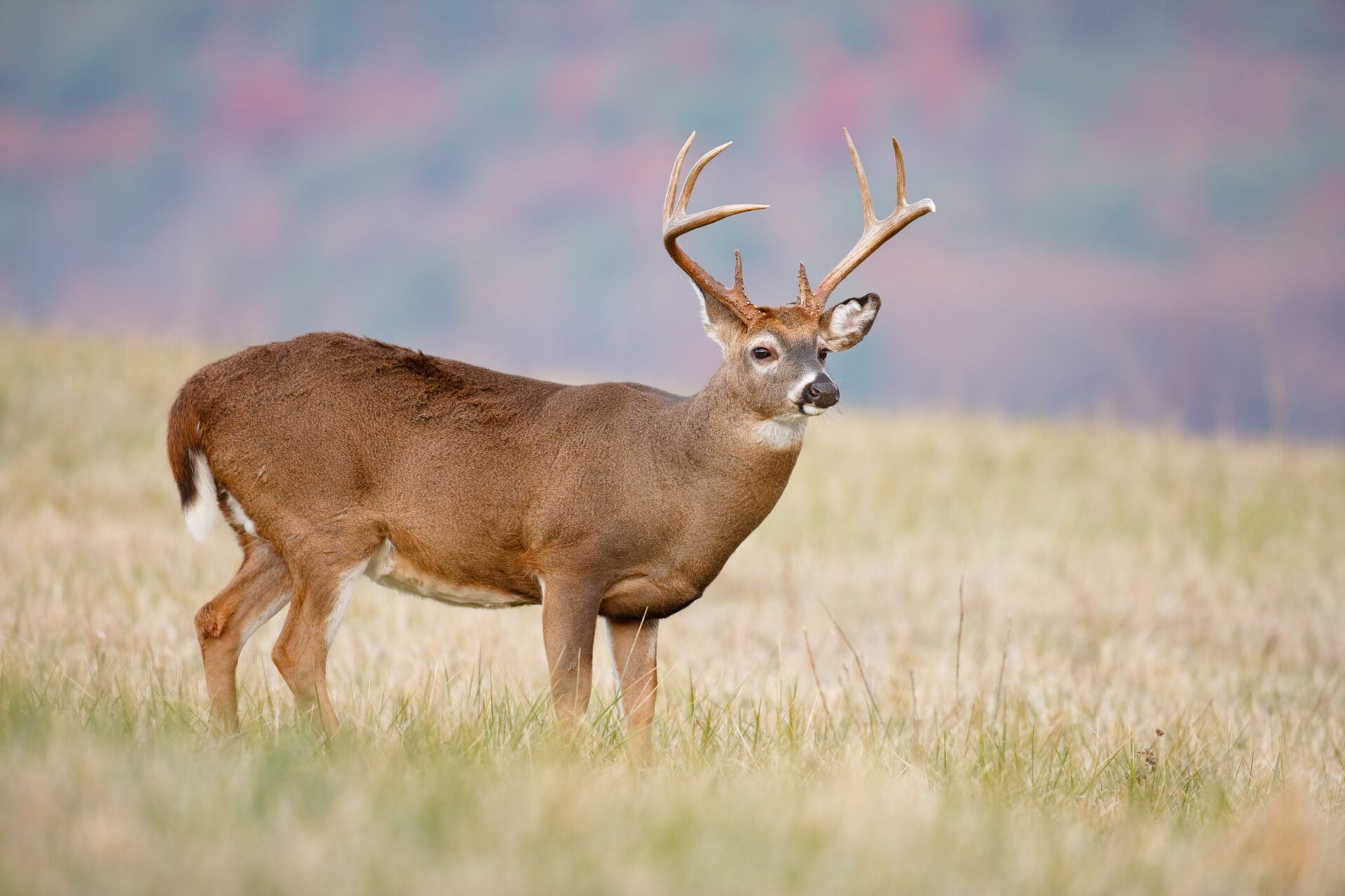
The Alabama Hunting Tradition
With a strong rural past, hunting is a way for many locals to maintain contact with the past, enjoy recreation, and harvest meat for subsistence. Deer and turkey populations are strong, and large land allocations are available to hunters from all walks of life.
The geographical diversity, including the Appalachian Mountains to the North and the marshes to the south, provides a range of hunting and fishing opportunities. Native Americans had great success hunting a wide range of game, from bear to fowl and the much-coveted whitetail deer.
The humid-subtropical climate means the region is subject to some severe weather, meaning choosing the right time to hunt, both in terms of weather and the open seasons, is essential.
The AL Deer Hunting Season Overview for 2025
So, when does deer season start in Alabama? The Alabama deer season is divided into geographical zones and further regulated based on firearm type, age, and strategy (stalk hunting, muzzleloading, etc.)
For 2025, the season dates are:
Archery Stalk Hunting
| Special Youth Gun
Special Muzzleloader and Air RiflePrivately Owned or Leased Land and Open Permit Public Lands
|
Gun Deer-Stalk Hunting
| Gun Dog Deer Hunting (Where Allowed)
|
To prepare for the opening day of deer season in Alabama, we recommend starting by identifying your intended hunting zone and then determining if a suitable window is available for your hunting style or preferred firearm use. Always check the Alabama Department of Conservation and Natural Resources (ADCNR) (also known as Outdoor Alabama) regulations for precise dates and any changes.
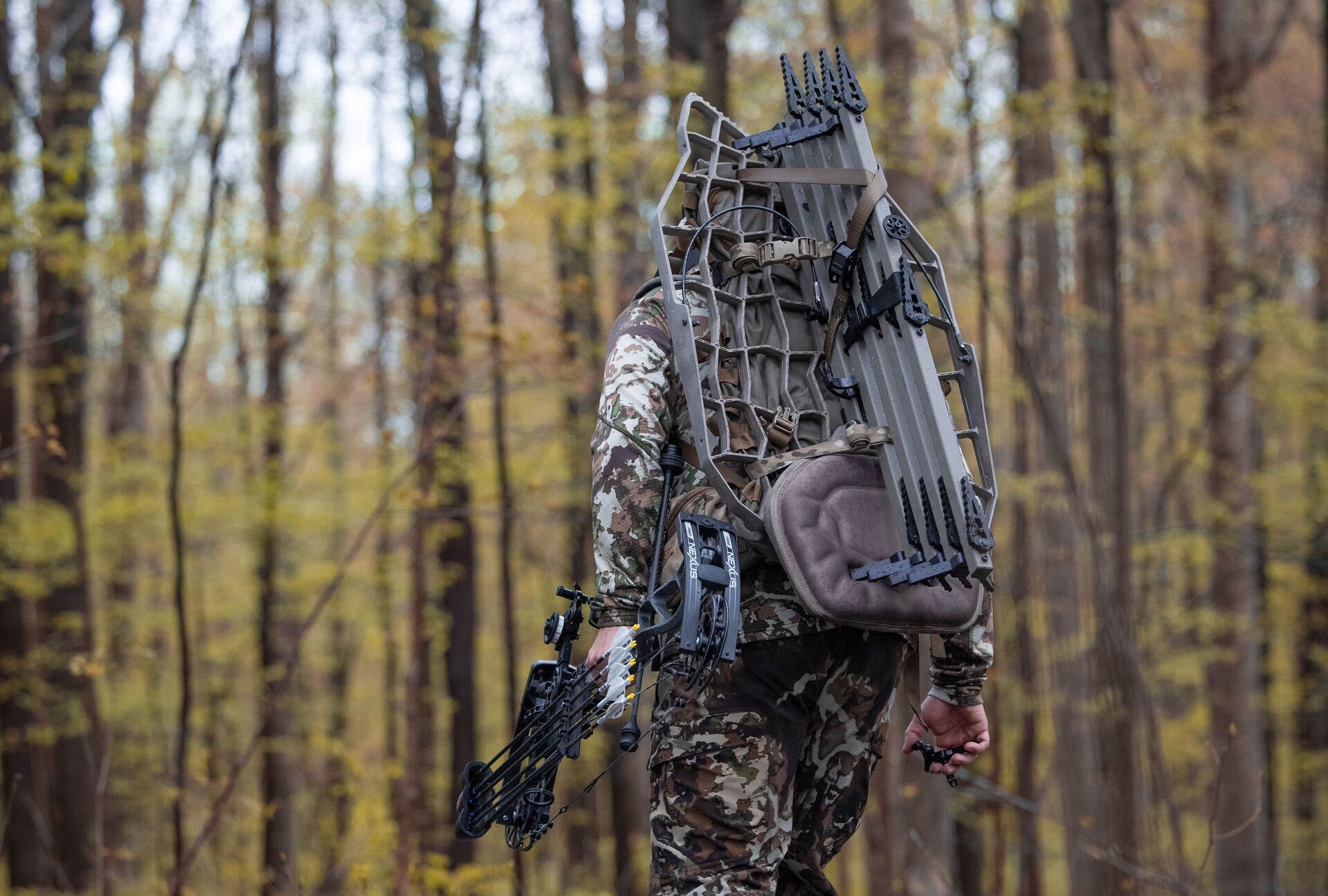
When are the Best Deer Hunting Times?
If you're under immense time pressure (or you're simply excited to get out and tag a deer) and want to optimize your success in taking a whitetail in Alabama, there are two critical times of day you should focus on: dawn and dusk.
Dawn
Deer are crepuscular creatures, meaning their high activity peaks are at dawn and dusk. The low-light conditions of dawn allow whitetails to forage for food, socialize, and access water while avoiding predators.
Dusk
Similarly, the lower temperatures and light conditions are optimal for deer during the dusk period. Deer's unique eye biology enables them to detect more light in low-light conditions at both twilight and dawn, when the sun is rising and refracting light.
This is one leading trait deer have over their predators.
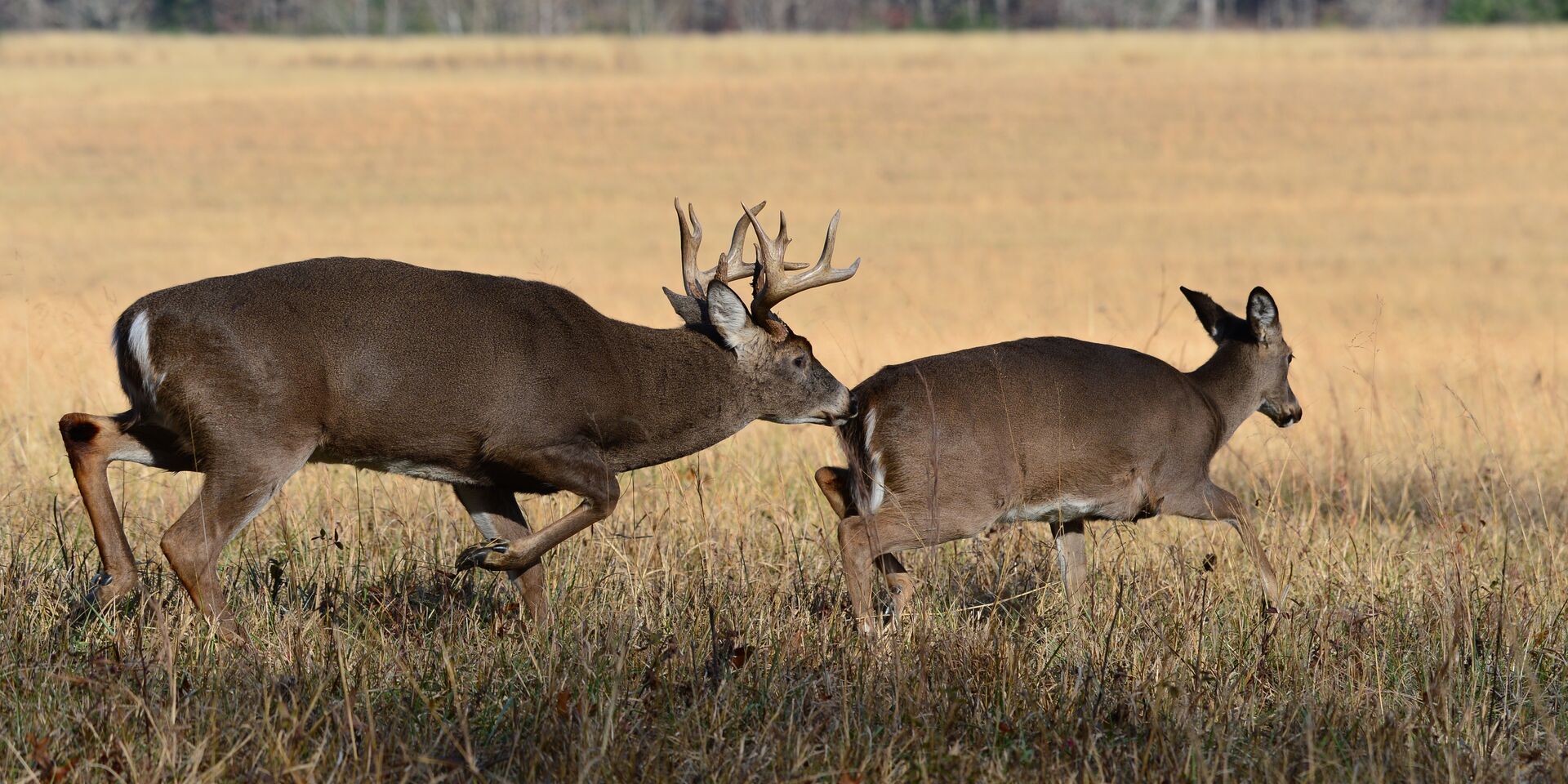
Targeting Key Phases of The Rut
As a hunter, you already know whitetail deer follow an annual biological cycle dictated by mating and procreation. Understanding these periods in Alabama will help you target the "rut" and hunt during a high activity period for whitetail.
Pre-Rut
The pre-rut generally occurs from late October to early November, when bucks start seeking out does. This period is excellent for spotting active bucks who will be rubbing trees, making scrapes, and also starting to become more combative.
You may notice more deer movement during daylight hours as testosterone and strong biological instincts have started to kick in.
Peak Rut
Breeding activity peaks in mid-to-late November. Bucks are highly active and more likely to move during the day to chase does.
This is the ideal time to use deer calls and rallying to draw in inquisitive bucks.
Post-Rut
Early December is a time when bucks are recovering but still seeking the last few receptive does. Hunting during this period means being cautious and seeking out less-pressured zones, as deer would have been taken in the previous two phases.
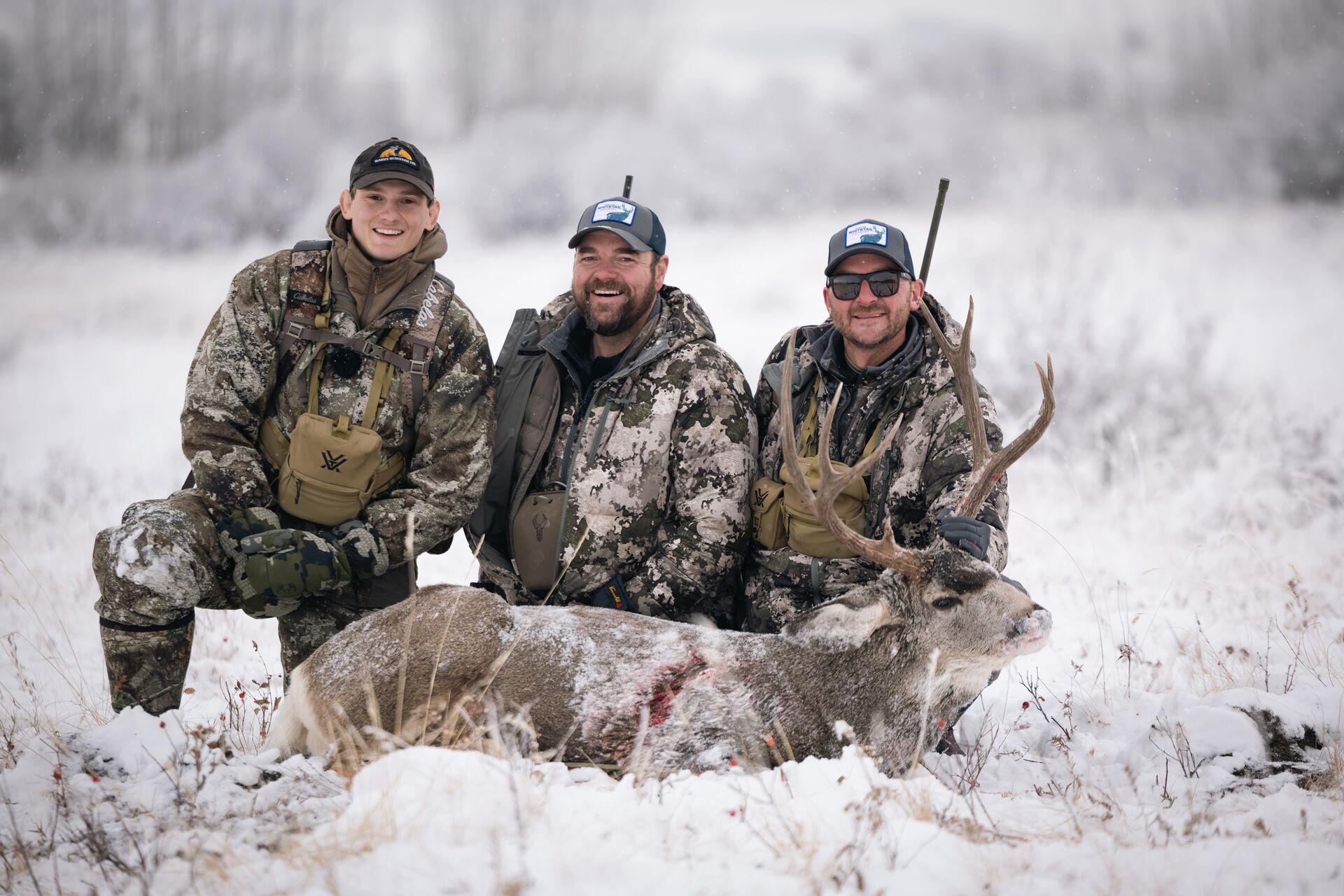
Weather Considerations
Weather patterns can be somewhat unpredictable in Alabama, and this unpredictability can influence deer behavior and patterns. Here are some critical weather insights to manage when planning your Alabama deer hunt.
Cold Fronts
A drop in temperature, especially on the back of warmer weather, can prompt increased deer movement.
Timing a hunt right before a shift to cooler temperatures can be just what was needed to draw out that big buck you've been chasing. On cooler days, target feeding zones, movement pathways, and water access.
Barometric Pressure
Rising barometric pressure can correlate with increased deer activity, and sudden drops in barometric pressure indicate a storm can also be a high-activity period.
Rainy Days
Light rain can be advantageous as it can help bring out deer, who feel a sudden boost in confidence until the light sprinkle. As a dip in temperature most commonly follows rain, it's a solid indicator that the deer will be up and on their feet soon after.
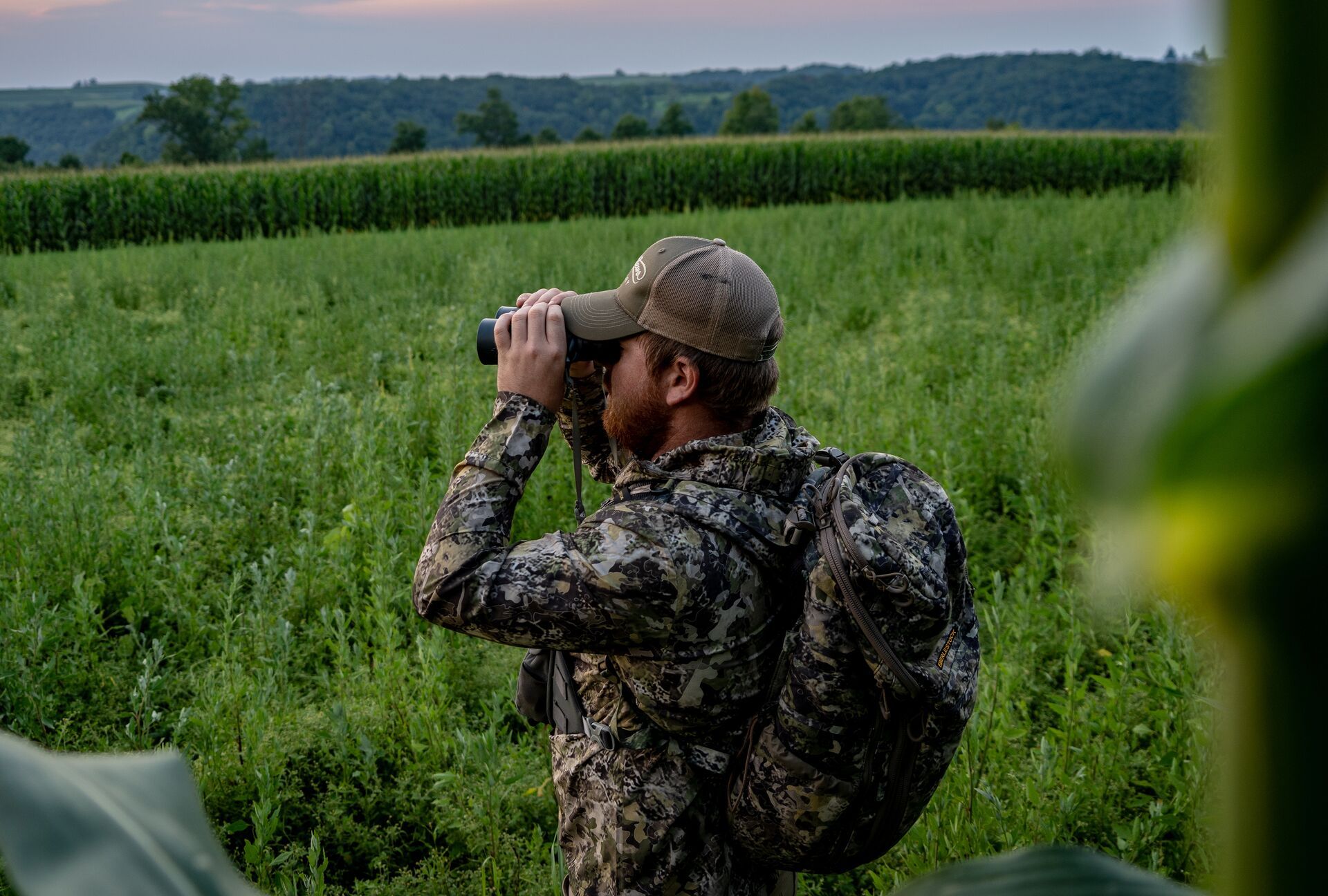
What Are the Best Hunting Locations In Alabama?
The problem with hunting popular spots is that you're unlikely to be the first nor the last to target that area.
When considering hunting locations, I always consider hunting pressure at the top of my list. Here are a few critical spots and a strategy to help you push your hunt further and discover locations more likely to produce some big whitetails.
Public Hunting Lands
Some of Alabama's top public hunting areas include the Black Warrior Wildlife Management Area, Barbour Wildlife Management Area, and Choccolocco Wildlife Management Area.
To hunt a Wildlife Management Area (WMA), you'll require an additional daily permit, meaning these zones draw fewer hunters and are often under less pressure.
Private Lands and Leases
Hunting private lands can be an excellent strategy if you can score an invite.
To maximize your chances of accessing a fruitful private land hunting location, grab the HuntWise app to access private owner contact details across all fifty states. These less-crowded, well-managed grounds are often highly prized for their robust deer populations.
Always remember to introduce yourself, share important details that showcase your trustworthiness and experience, and provide references if required.
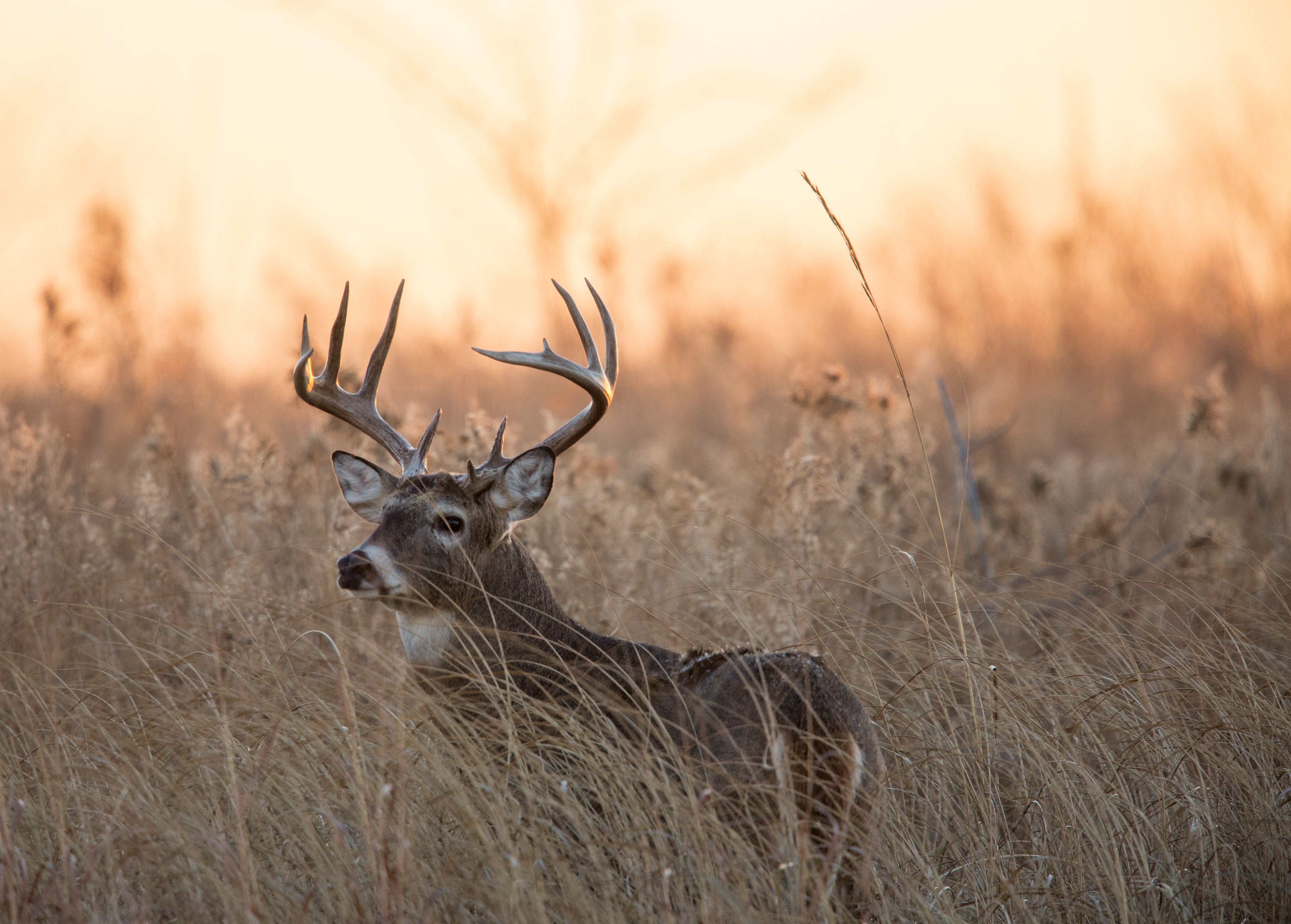
Hunt Better During the Alabama Deer Season With HuntWise
Alabama offers a range of unique hunting opportunities, but the big whitetail bucks are the primary drawcard year after year.
If you want to plan a deer hunt this season, you'll need to know a lot more than just the open dates. Experienced hunters use HuntWise for thorough, targeted, and accurate hunting insights and strategies. With everything from barometric pressure readings to topographical 3D layering and even private owner contact details, it's got everything you need to plan the perfect hunt.
Don't have the app yet? Now is the time to download it to get ready for deer season in Alabama!
We'll give you access to explore the app – free – for a week.
Content most recently reviewed and updated for the latest season dates July 2, 2025.
More Content Like This
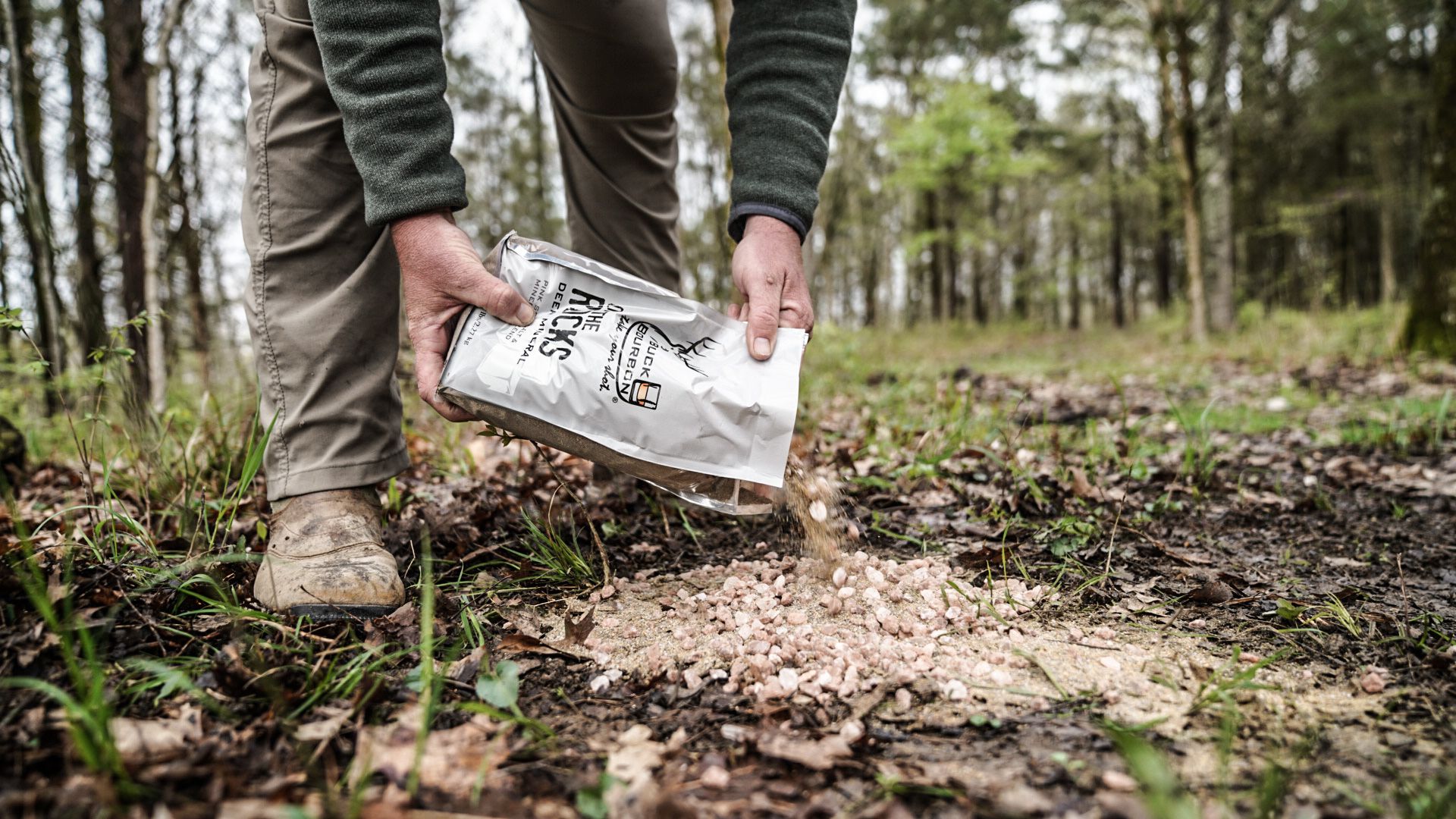
How to Make Mineral Sites for Deer and Why You Should
With spring in full force, now is as good a time as ever to start replenishing your mineral sites or getting out and setting up new ones before the summer heat. Read More
Read More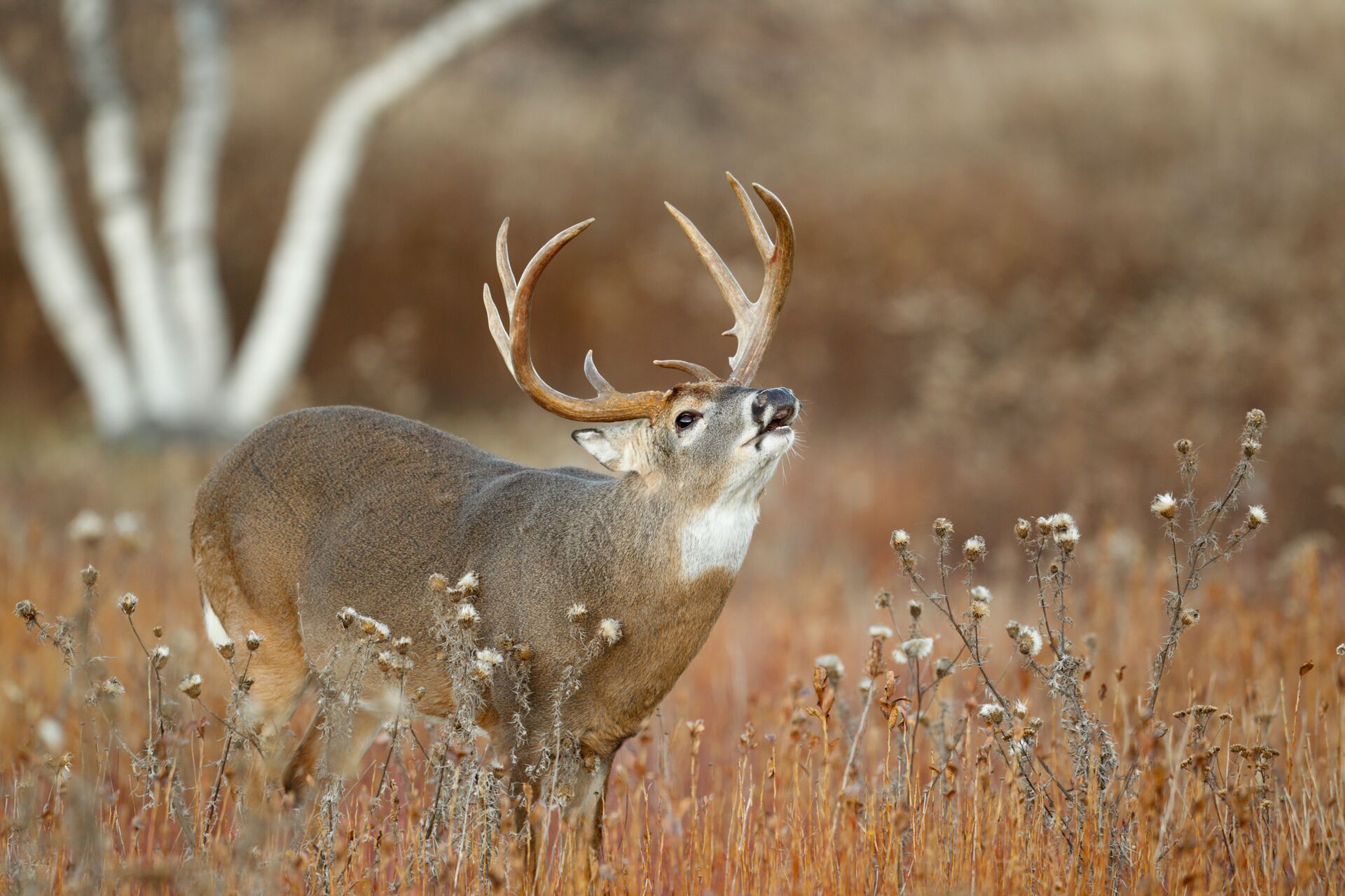
The Guide to the Michigan Deer Season 2025
Due to its diverse mix of agricultural lands, extensive woodlands, and rocky upper northern peninsula, Michigan supports a healthy deer population and an even healthier deer hunting culture and tradition. This variety and pristine wilderness make Mic...Read More
Read More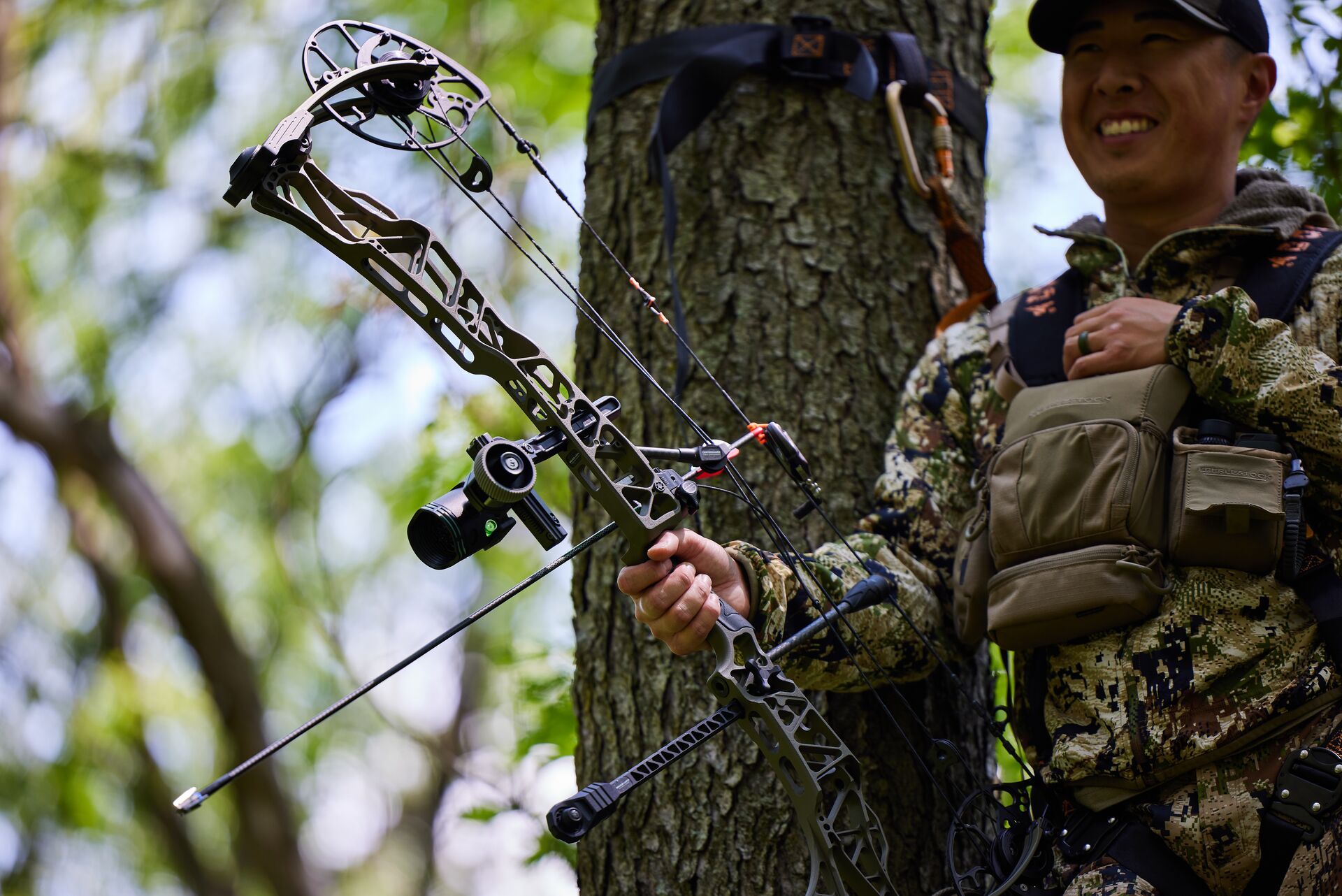
Indiana Deer Season: Everything You Need to Know About It
Trophy potential and a substantial deer population make Indiana a prime destination for hunters looking to take home a big whitetail in Hoosier. Read More
Read More Deer
DeerHow to Make Mineral Sites for Deer and Why You Should
By Cody Barhorst | 05/05/2025With spring in full force, now is as good a time as ever to start replenishing your mineral sites or getting out and setting up new ones before the summer heat. Read More
Read More Deer
DeerThe Guide to the Michigan Deer Season 2025
By Melisa Geleott | 08/12/2024Due to its diverse mix of agricultural lands, extensive woodlands, and rocky upper northern peninsula, Michigan supports a healthy deer population and an even healthier deer hunting culture and tradition. This variety and pristine wilderness make Mic...Read More
Read More Deer
DeerIndiana Deer Season: Everything You Need to Know About It
By Teri Williams | 08/01/2024Trophy potential and a substantial deer population make Indiana a prime destination for hunters looking to take home a big whitetail in Hoosier. Read More
Read More
1 of 3
